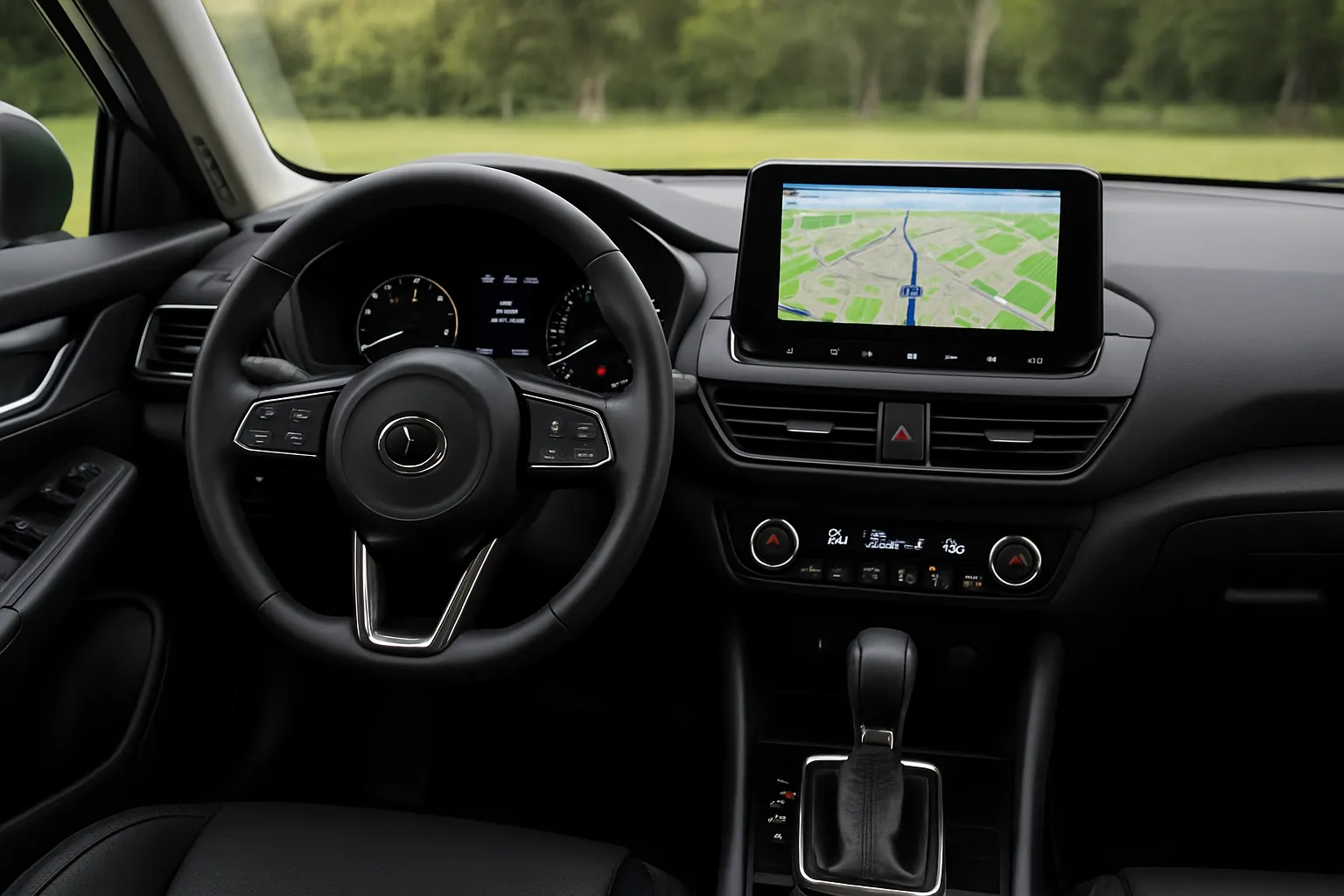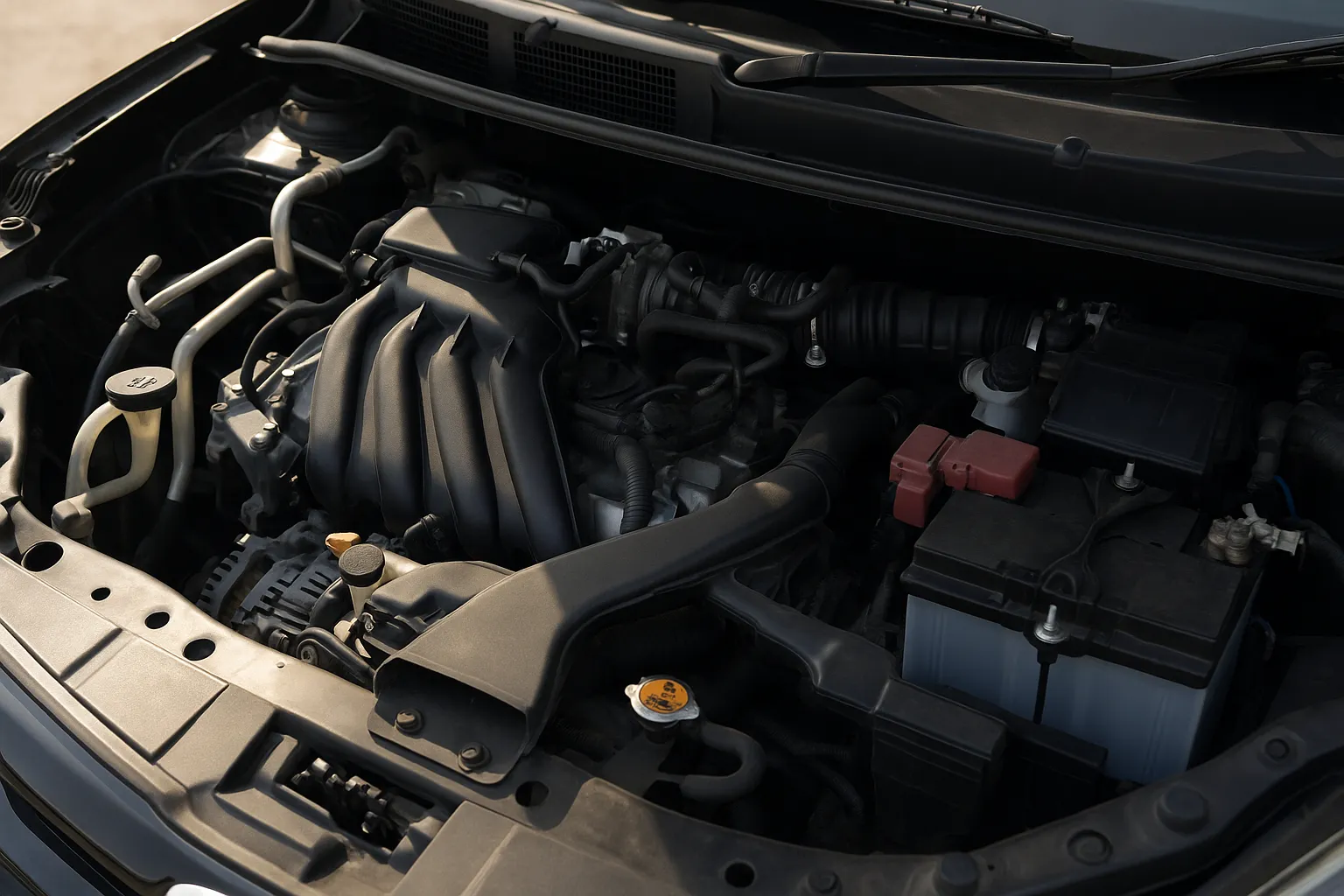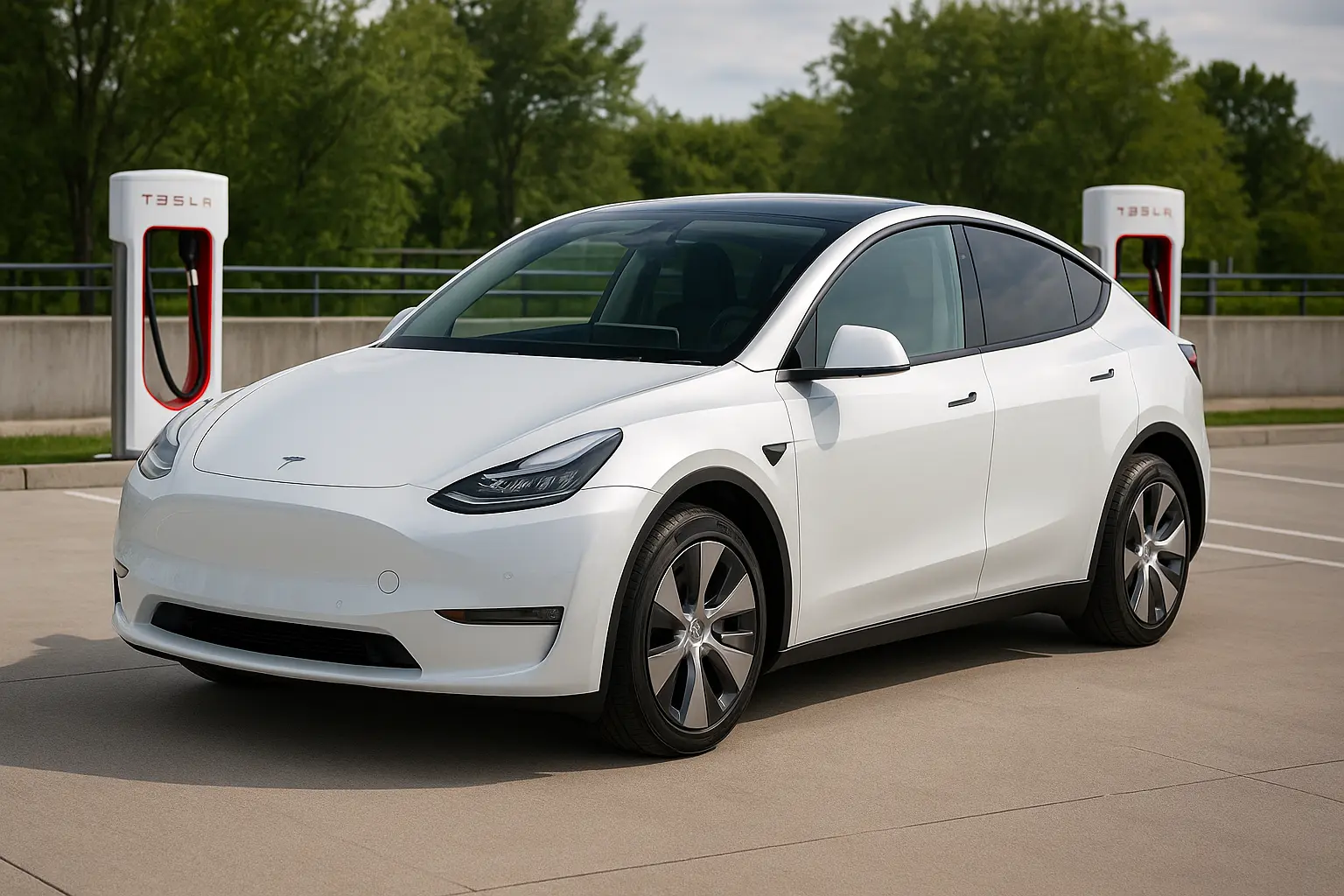How to Read Car Specifications Like a Pro Before You Buy
Buying a new or used car in Australia is a major decision—one that involves more than just checking the price tag or colour options. If you want to make an informed purchase, understanding car specifications is absolutely essential. But for many Aussie drivers, the technical jargon on car brochures and websites can feel overwhelming.
What do terms like torque, kilowatts, wheelbase, CVT, or Euro 6 emissions really mean? How do you know if an engine spec or safety feature suits your lifestyle? And which specifications actually matter depending on whether you're driving in the city, towing a trailer, or just need something fuel-efficient?
In this comprehensive guide, we break down everything you need to know to read car specifications like a pro before you buy. Whether you're eyeing a brand-new electric vehicle, a budget-friendly hatchback, or a powerful diesel ute, this is your go-to spec sheet decoder.

1. Why Understanding Car Specifications Matters
Reading car specs is more than a technical skill—it helps you:
- Compare cars accurately
- Avoid paying for features you don’t need
- Understand performance and fuel economy trade-offs
- Ensure the vehicle suits your driving needs
- Make smarter long-term maintenance and resale decisions
In short: the more informed you are, the better value you’ll get.
2. Key Categories in a Car Specification Sheet
Car spec sheets usually follow a fairly standard format. Major categories include:
- Engine and Performance
- Transmission and Drivetrain
- Dimensions and Weight
- Fuel Economy and Emissions
- Interior and Cargo Space
- Safety Features and Ratings
- Technology and Connectivity
- Wheels, Tyres and Suspension
- Towing and Load Capacity
- Warranty and Service Intervals
We’ll now break each of these down.
3. Engine and Performance Specs
These specs tell you how powerful and efficient your engine is. Here are the essentials:
a. Engine Type and Configuration
Common terms include:
- I4 / Inline-4 – Common 4-cylinder layout
- V6 / V8 – More power, often in utes, SUVs, and performance cars
- Boxer – Used in Subarus for lower centre of gravity
- Electric Motor – No cylinders, instant torque, quiet drive
b. Displacement (L or cc)
This is the size of the engine, such as 2.0L or 1998cc. It loosely relates to power but also affects fuel economy and tax in some regions.
c. Power (kW)
Measured in kilowatts in Australia (1 kW ≈ 1.34 HP). For example, 110kW is suitable for a hatchback; 150kW+ suits SUVs and dual-cab utes.
d. Torque (Nm)
Torque is crucial for towing and low-speed grunt. Diesels usually offer higher torque, like 500Nm, which is great for tradies and off-roaders.
e. Turbocharged or Naturally Aspirated
- Turbocharged engines offer more power from smaller engines.
- Naturally aspirated engines are simpler but often less punchy.
f. 0–100 km/h
The time it takes to accelerate from 0 to 100km/h. A hot hatch may do it in 6–7 seconds; larger SUVs may take 9–11 seconds.
4. Transmission and Drivetrain
How power reaches your wheels affects driving feel and capability.
a. Transmission Types
- Manual – More control, less common today
- Automatic – Most popular in Australia
- CVT (Continuously Variable Transmission) – Smooth, fuel-efficient (found in many Toyotas)
- DCT (Dual-Clutch Transmission) – Sportier, faster shifts (common in performance hatchbacks and some EVs)
b. Drivetrain Types
- FWD (Front-Wheel Drive) – Efficient, common in small cars
- RWD (Rear-Wheel Drive) – Sportier, found in utes and luxury sedans
- AWD (All-Wheel Drive) – Added grip in all conditions, often in SUVs
- 4WD (Four-Wheel Drive) – Best for serious off-roading
5. Fuel Economy and Emissions
Vital for Aussie buyers due to fluctuating fuel prices and emissions rules.
a. Fuel Consumption (L/100km)
This tells you how many litres of fuel the car uses to travel 100km. Lower is better:
- 4–6L/100km – Very efficient (hybrids, small cars)
- 6–8L/100km – Typical for mid-size cars/SUVs
- 10L+ – Higher consumption, often in utes and V6 SUVs
b. CO₂ Emissions (g/km)
Lower emissions = better for the planet and your wallet. Many states offer EV/hybrid incentives based on this.
c. Fuel Type
- Petrol – Most common
- Diesel – High torque and range, best for long trips/towing
- Hybrid / Plug-in Hybrid (PHEV) – Combines petrol with electric drive
- Electric (BEV) – No fuel, charged via a power outlet
6. Dimensions and Weight
These affect manoeuvrability, parking, and road presence.
a. Length, Width, Height
Essential if you have a tight garage or driveway. Small hatchbacks are usually under 4.3m long, while large SUVs exceed 4.8m.
b. Wheelbase
The distance between front and rear axles—affects stability and cabin space.
c. Ground Clearance
Crucial for off-roading and speed bumps. SUVs typically have 180–220mm clearance.
d. Kerb Weight
Heavier cars may feel more stable but consume more fuel. Weight is also key for towing limits.
7. Cargo Space and Seating
Ideal for families, adventurers, or work use.
- Boot capacity (L) – Hatchbacks offer 250–400L; large SUVs may provide 600–800L.
- Seat folding – Flat-fold seats enhance cargo versatility.
- Third-row seating – Found in 7-seaters; check how usable it really is.
8. Safety Features and Ratings
Don't just check the stars—understand what’s behind the rating.
a. ANCAP Safety Rating
Look for a 5-star ANCAP rating—valid for the latest test year (they expire after 6 years).
b. Active Safety Features
- AEB (Autonomous Emergency Braking)
- Lane Keeping Assist
- Blind Spot Monitoring
- Rear Cross-Traffic Alert
- Adaptive Cruise Control
Many are now standard, but base models may miss out.
9. Infotainment and Technology
Modern cars come packed with smart tech, even at budget prices.
a. Screens
- Infotainment – 7 to 12 inches is standard
- Digital Instrument Clusters – More common in EVs and luxury models
b. Connectivity
- Apple CarPlay / Android Auto – Preferably wireless
- Bluetooth, USB-C ports – Must-haves for most buyers
- Navigation, Voice Assistants – Bonus features
c. Driver Aids
- 360° Cameras
- Parking Sensors
- HUD (Head-Up Display) – Projects data on windscreen
- Remote App Control – Common in EVs like Tesla or Kia EV6
10. Wheels, Suspension and Ride Quality
These specs affect comfort, grip, and overall driving dynamics.
- Tyre Size – Bigger wheels look sporty but can make rides harsher
- Suspension Type – Multi-link is better for comfort
- Drive Modes – Eco, Comfort, Sport modes adjust throttle and steering
11. Towing and Payload
Crucial for tradies, campers, and rural drivers.
- Braked Towing Capacity – Utes like the HiLux can tow up to 3,500kg
- Unbraked Towing Capacity – Often limited to 750kg
- Payload – Total weight of people + cargo the vehicle can carry
Always check your GVM (Gross Vehicle Mass) and GCM (Gross Combined Mass).
12. Warranty and Servicing
Often overlooked, but they impact long-term ownership costs.
a. Warranty
- 5 years/unlimited km is standard in Australia (Kia offers 7)
- Some brands also offer 8-year battery warranties for EVs
b. Capped Price Servicing
Helps you budget for servicing costs. Always check how often you need to service—every 10,000km vs 15,000km makes a big difference.
13. Red Flags and Spec Sheet Tricks to Watch Out For
a. Base Models Lacking Key Features
They may look cheap but might miss out on:
- AEB
- Alloy wheels
- CarPlay
- Reversing camera
b. Misleading Fuel Figures
The ADR 81/02 test is lab-based—real-world economy may vary.
c. Optional Packs
Watch for essential features like parking sensors or safety tech hidden in expensive option packs.
14. How to Use Specs to Compare Cars
Use comparison tools on trusted Aussie sites like CarsGuide or Drive. Focus on:
- Engine size and torque
- Safety features and ANCAP date
- Boot space and rear seat comfort
- Servicing cost and intervals
- Warranty coverage
15. Final Tips Before You Buy
- Test Drive – Specs only tell half the story
- Think About Your Lifestyle – City commuter? Towing caravan? Carrying kids and gear?
- Look Beyond the Badge – Don’t get caught up in brand names alone
- Don’t Just Trust Sales Talk – Always read the brochure and official specs
- Use Checklists – To ensure you’re not missing essential features
Conclusion: Knowledge is Power
Understanding how to read car specifications empowers you to make smarter decisions, ask better questions at the dealership, and avoid being upsold into something you don’t need.
From engine torque to infotainment features, every number on that spec sheet tells a story—and now, you know how to read it.
Whether you’re buying new or used, petrol or electric, hatchback or SUV—get familiar with the specs. They’re the blueprint to a car that suits your life, your budget, and your road ahead.
Leave a comment
Your email address will not be published. Required fields are marked *




